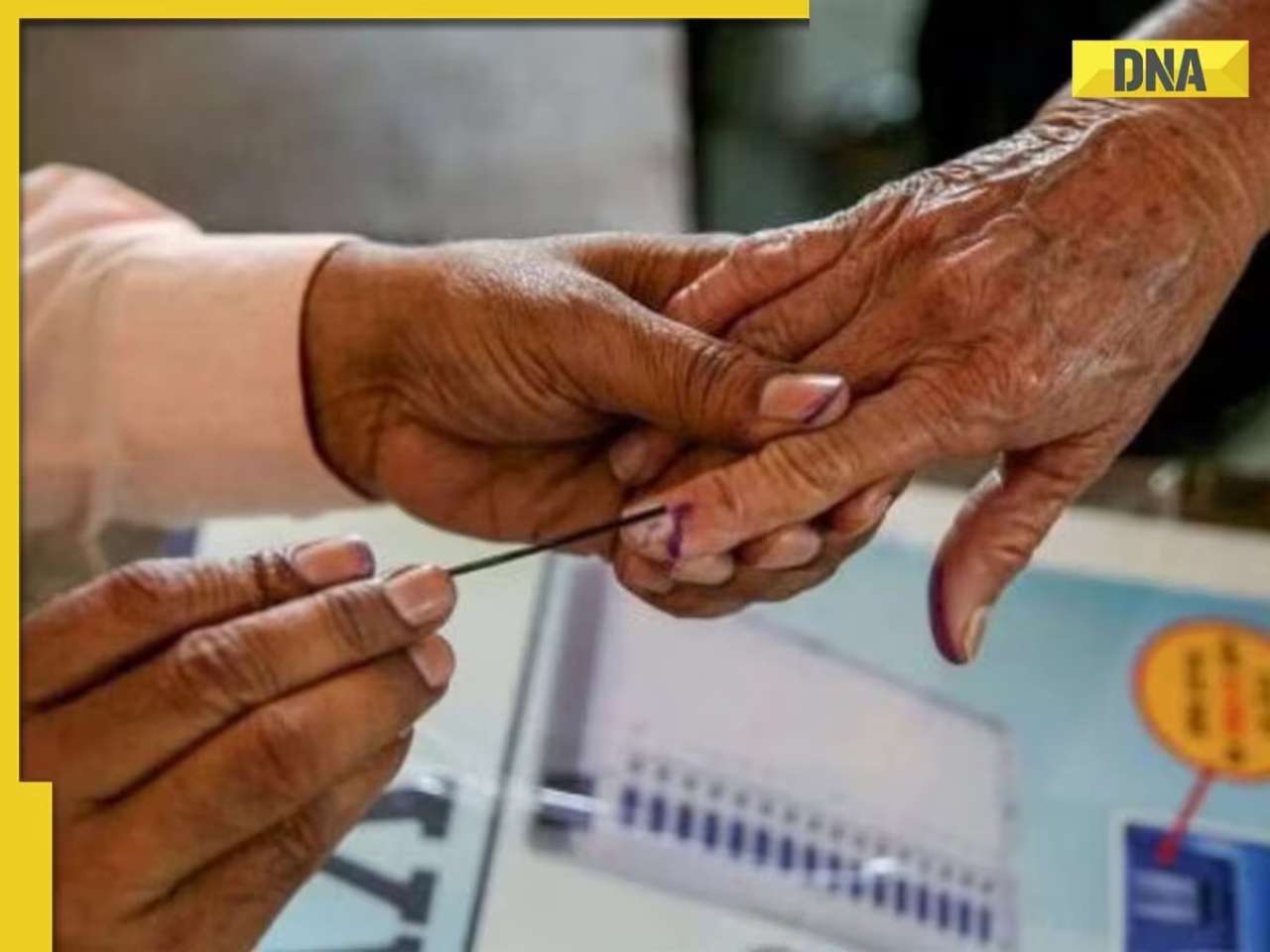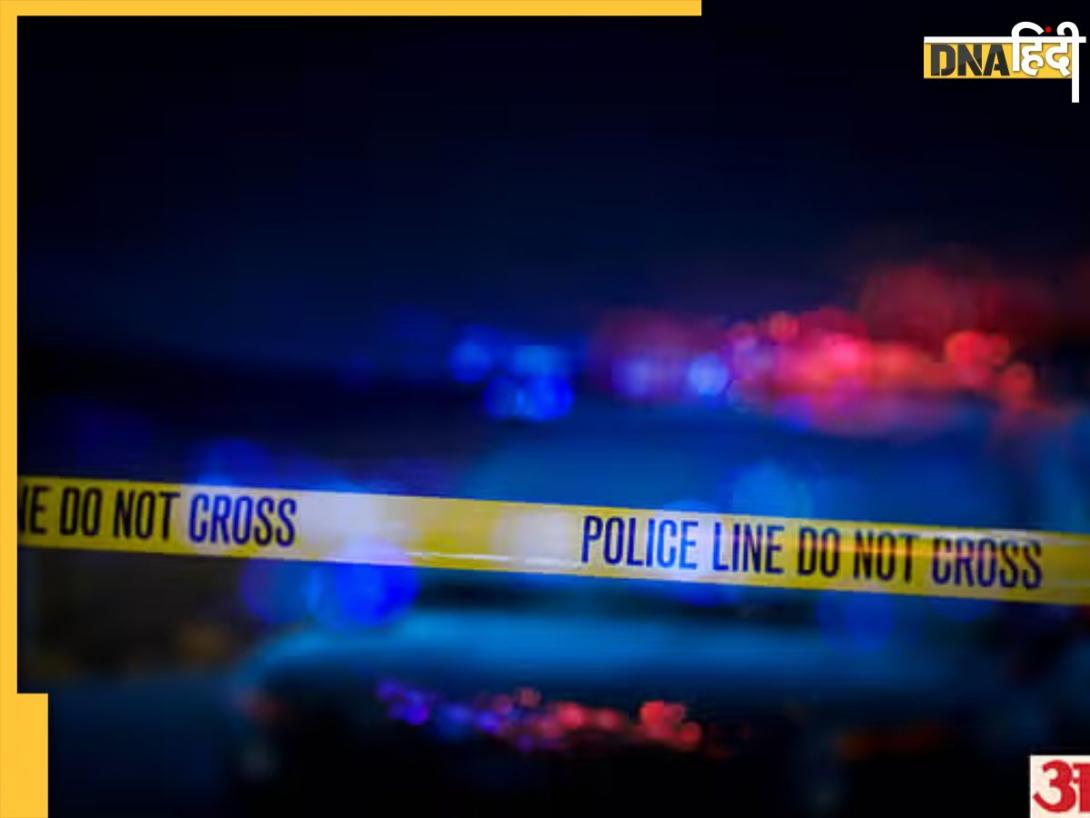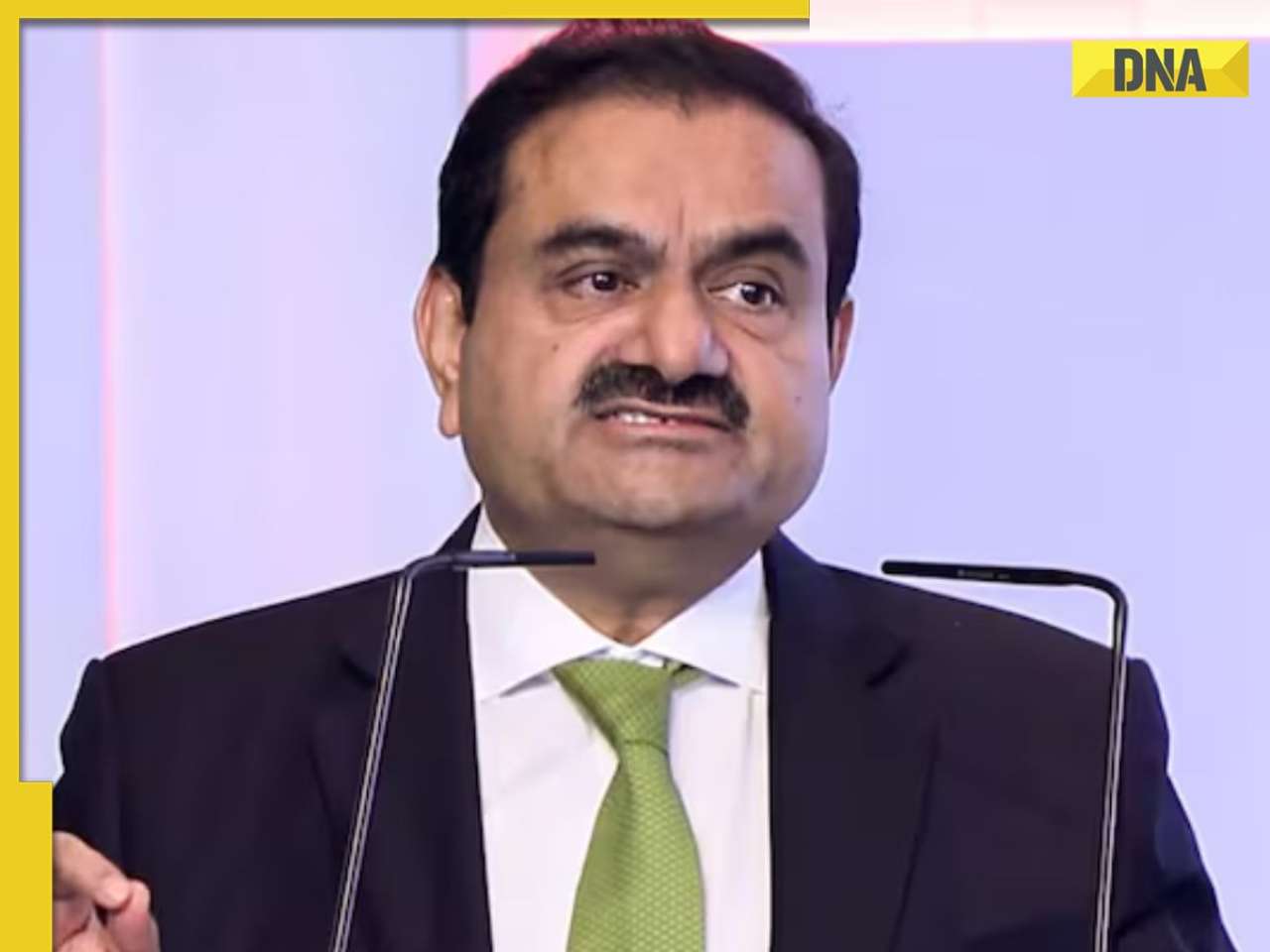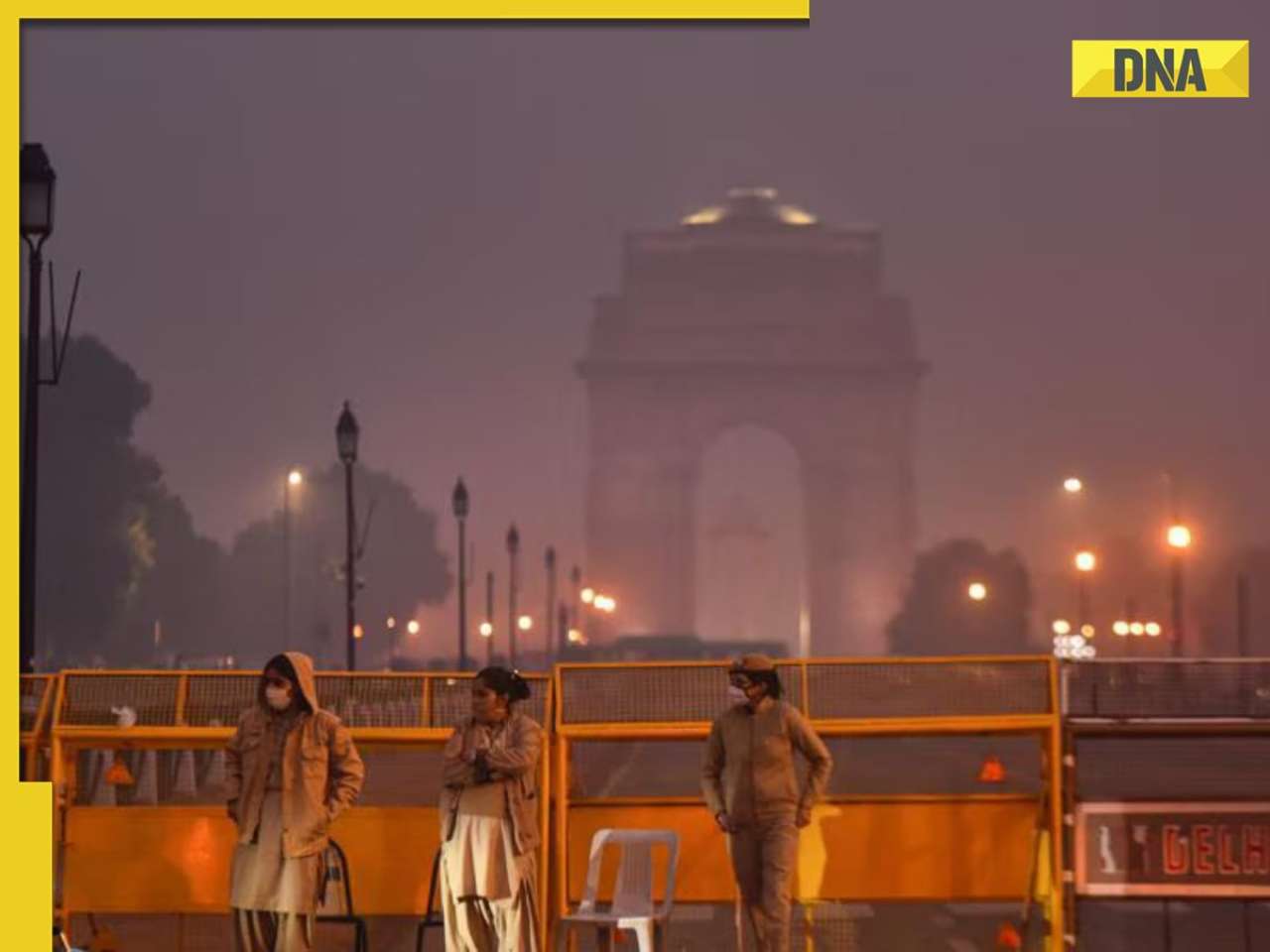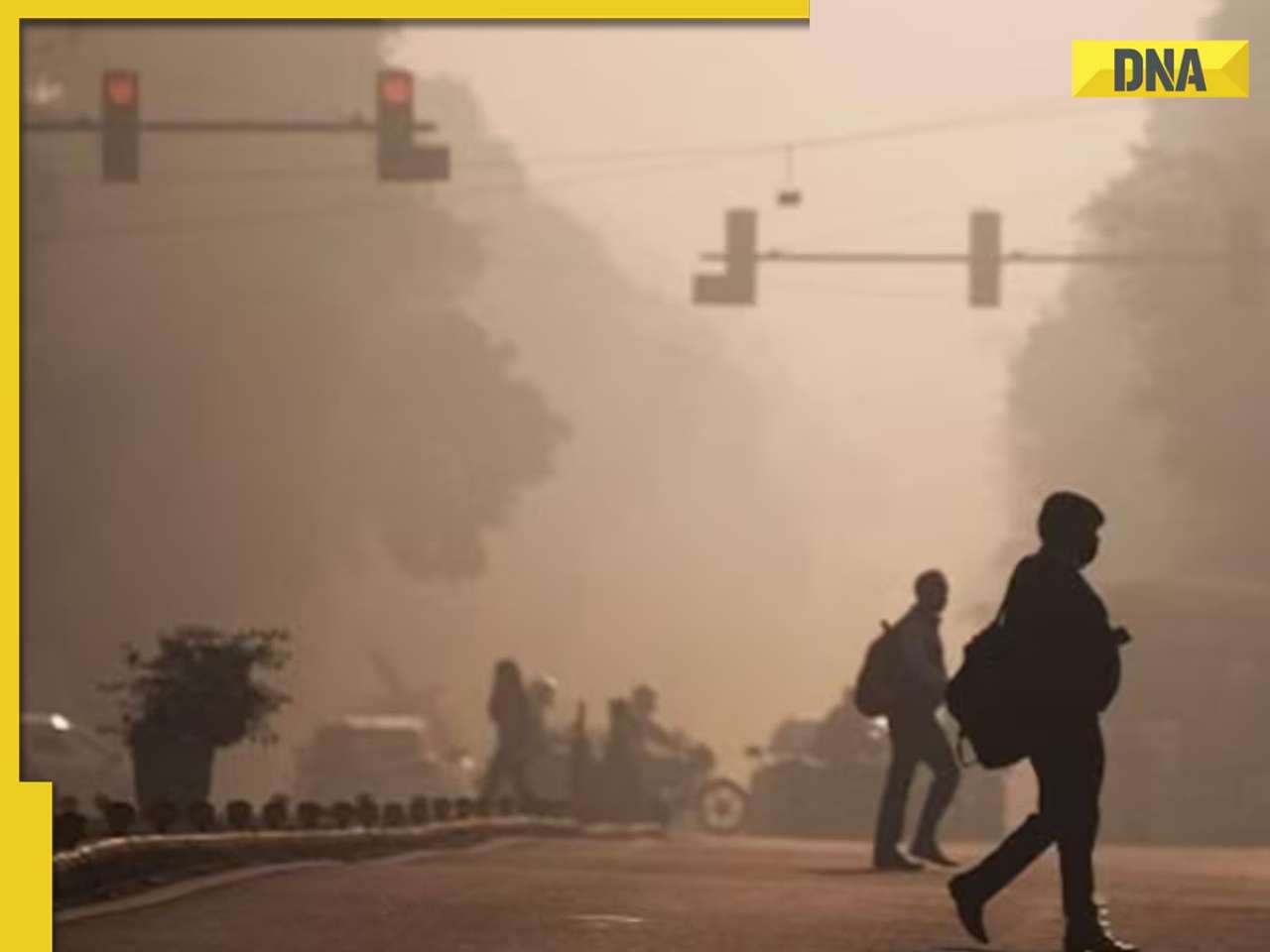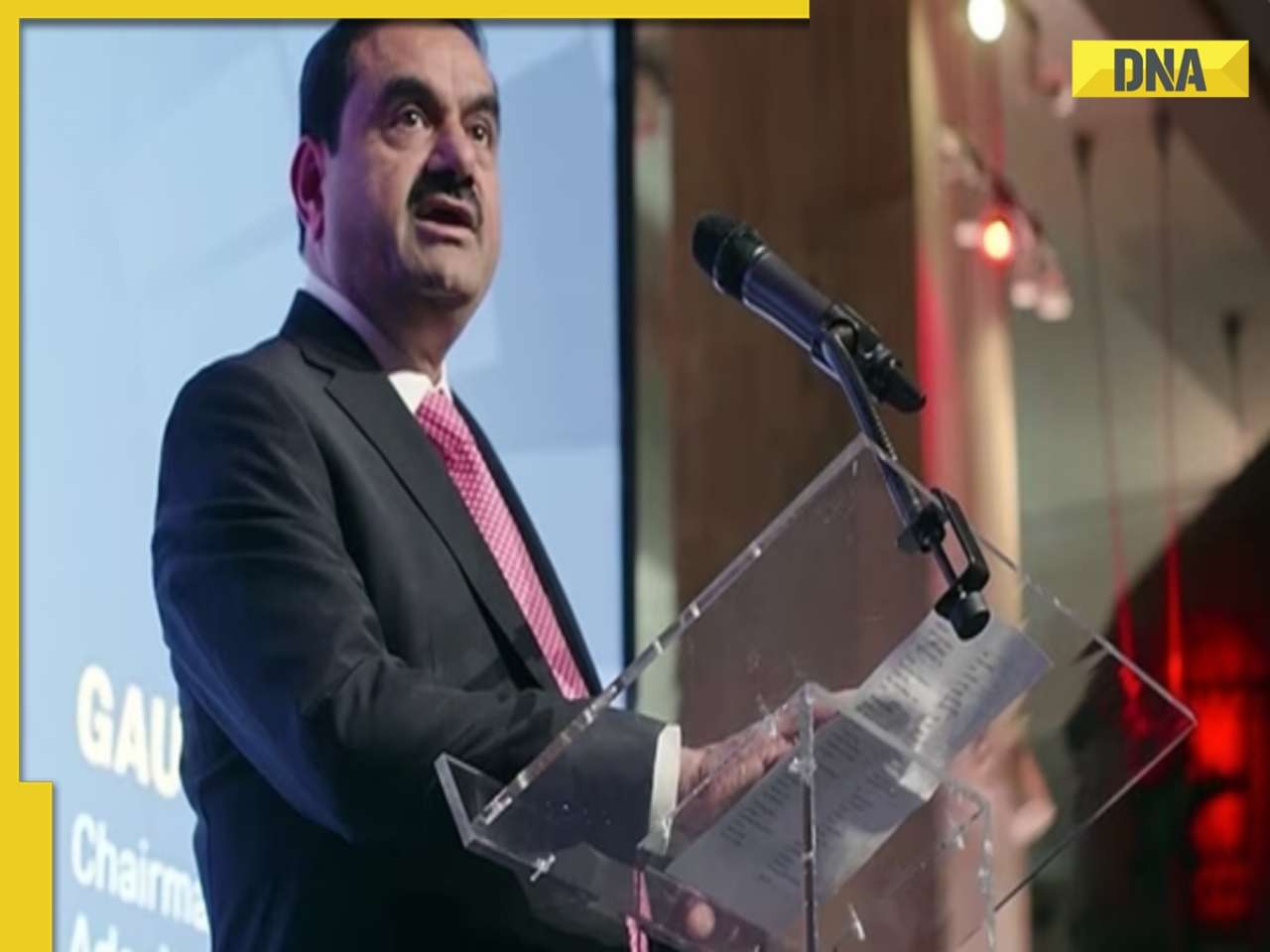- LATEST
- WEBSTORY
- TRENDING
VIRAL
Shocking! 3 challenges Indian-origin astronaut Sunita Williams might face while being stuck in Space
Originally, the mission was planned to last for eight days, but it has turned into an indefinite one, and a lot of concern is caused by the safety of the astronauts and the possibility of their return to Earth
TRENDING NOW
NASA now finds itself in a difficult situation regarding Sunita Williams and Barry Wilmore who are stuck in orbit around the International Space Station (ISS) for over 60 days due to the Boeing Starliner crisis.
Originally, the mission was planned to last for eight days, but it has turned into an indefinite one, and a lot of concern is caused by the safety of the astronauts and the possibility of their return to Earth.
The Boeing Starliner Malfunction
The Boeing Starliner that was launched on June 5 was caught in a major problem of the thruster while docking at the ISS. This has made it impossible for the spacecraft to perform a safe landing on earth, thereby stranding Williams and Wilmore.
Three Dangerous Scenarios
Rudy Ridolfi a former US Army Space System Commander has outlined three potential disasters if NASA is to use the flawed Starliner for the return mission. These scenarios highlight the grave risks involved:These are the kinds of scenarios that underscore the severity of the risks that are involved:
1. Too Steep Reentry Angle: If the service module of the Starliner positions the capsule at an angle of reentry that is too steep, friction will develop and undermine the structure of the heat shield. In the process, the capsule with the astronauts inside will burn up and vaporize in the atmosphere. They would only have 96 hours of oxygen and power on the spacecraft, and that would make the situation worst.
2. Too Shallow Reentry Angle: An angle of reentry was too shallow could make the capsule to bounce off the earth’s atmosphere and be sent back to space. This would mean that the astronauts in space orbit would be stranded in space with no way of getting back to earth, and as such NASA would have to launch a search and rescue mission to look for the capsule.
3. Thruster Failure on Return: Because some thrusters have already experienced some faults, there is a likelihood of more faults during the return trip. If this happens, the astronauts are left in space with very low oxygen and power; the latter provides them with 96 hours to fix the thrusters and get back to earth.
Other Options and Safety Issues
Ridolfi has been vocal in his endorsement that NASA should begin to think of sending a rescue mission in the SpaceX’s Crew Dragon capsule that he has time and again claimed is safer than the Starliner. The main emphasis is placed on the welfare of the astronauts, and, in Ridolfi’s opinion, the danger must be determined and calculated, and other possibilities should be explored.
Health risks and issues related to transport
However, the long time that Williams and Wilmore will spend on the ISS will have some negative impacts on their health, as shown below; Radiation and bone loss.
Additionally, logistical challenges abound. For example, if NASA plans to use the SpaceX’s Crew Dragon for the return, there are questions in regard to the compatibility of the spacesuits. The astronauts would need to return suited, which make this mission even more complicated.
A Boeing Starliner is a reusable spacecraft that can cost as low as 12 Thousand crores, and it is intended that it will transport five to seven crew members as well as cargo. It is the only craft that can land upright by using parachutes and airbags, while other competing crafts such as SpaceX’s Dragon and Russia’s Soyuz are being designed to splash down in the water. However, the current problems with reaction control system, particularly the helium leaks, have been the main causes of the delay.
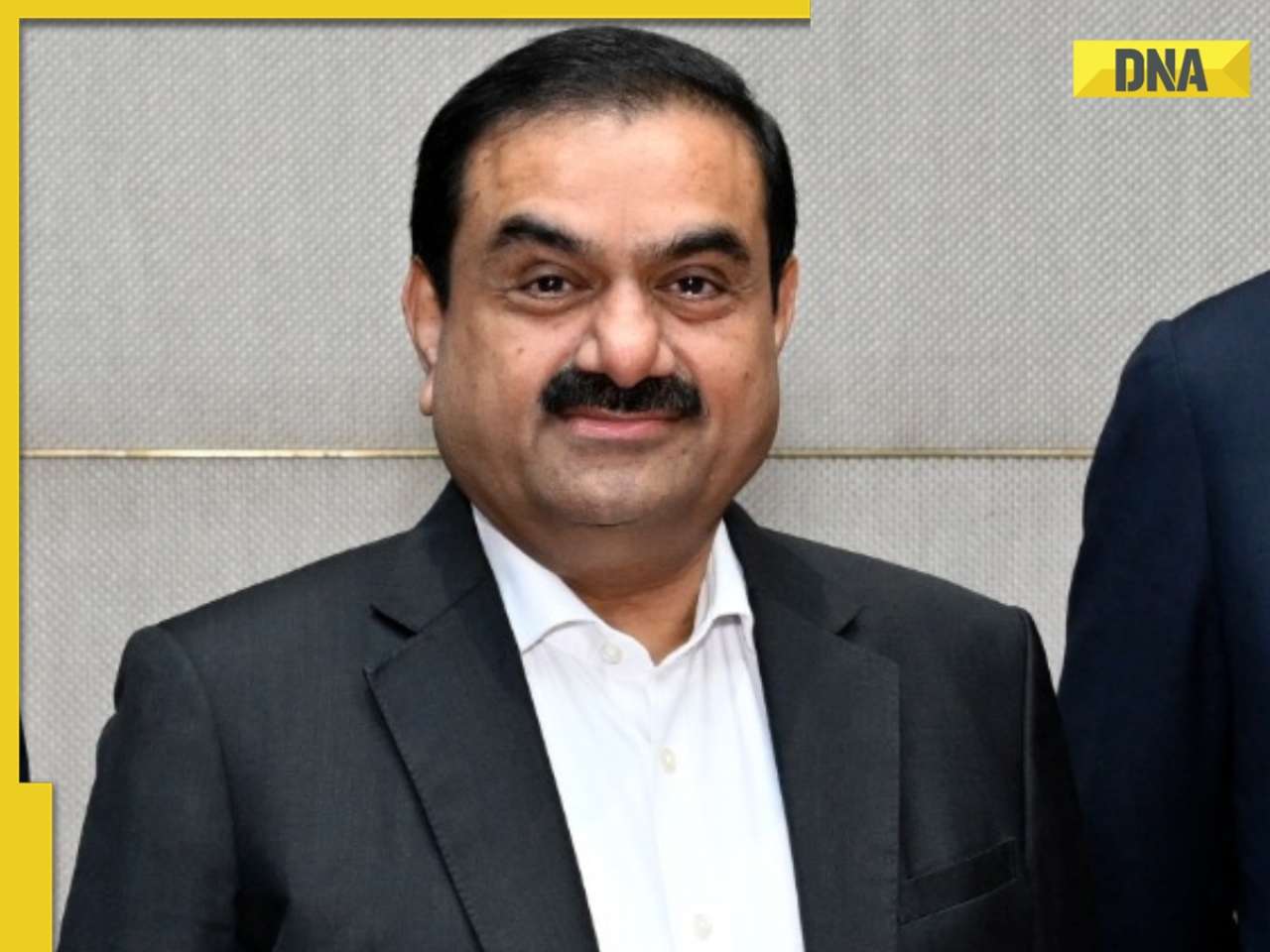






)
)
)
)
)
)
)
)
)
)
)
)
)
)
)
)









